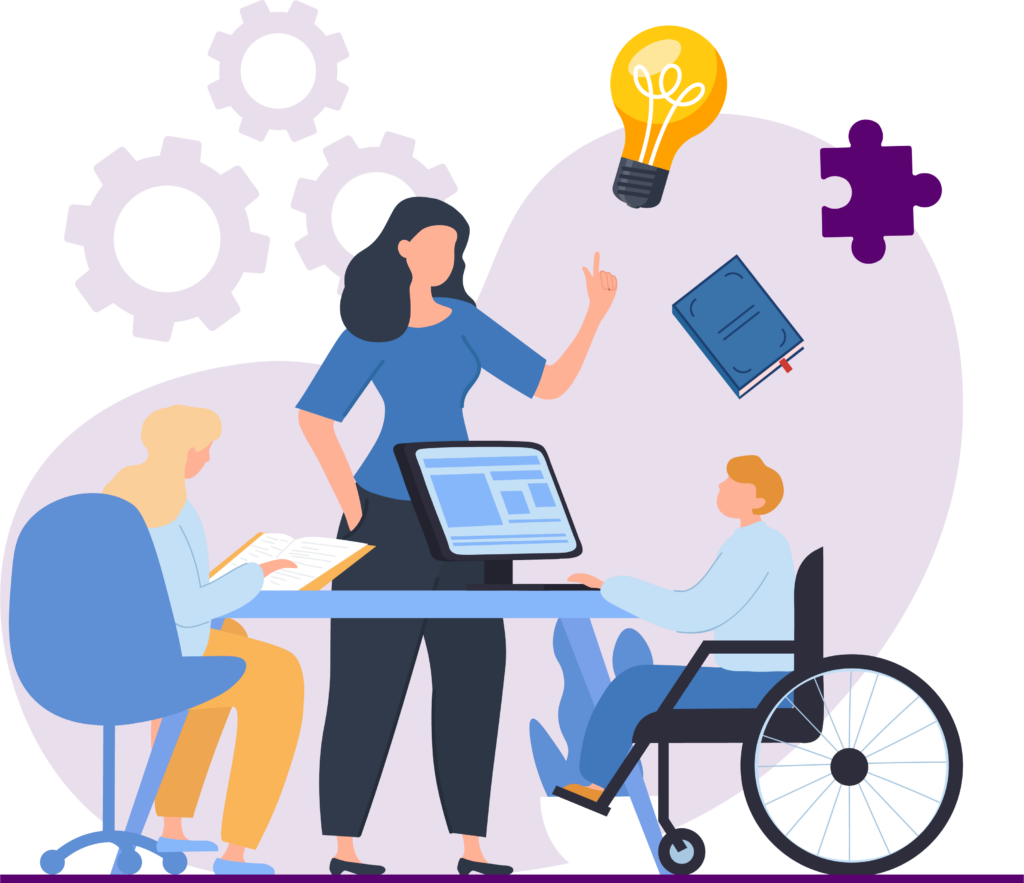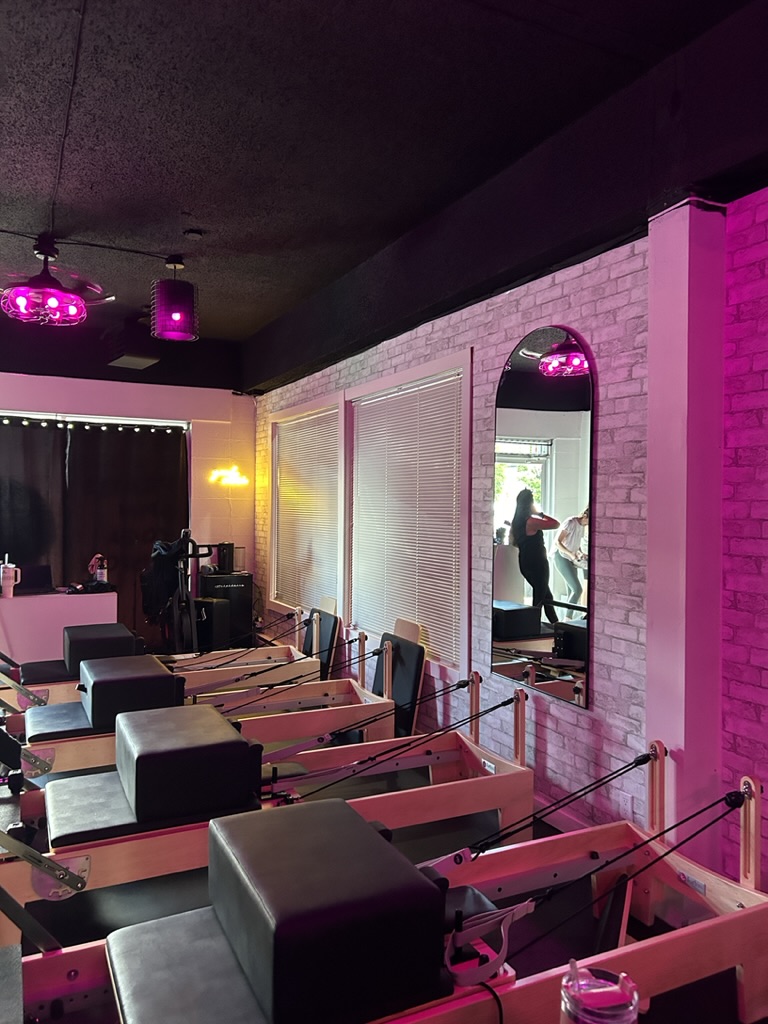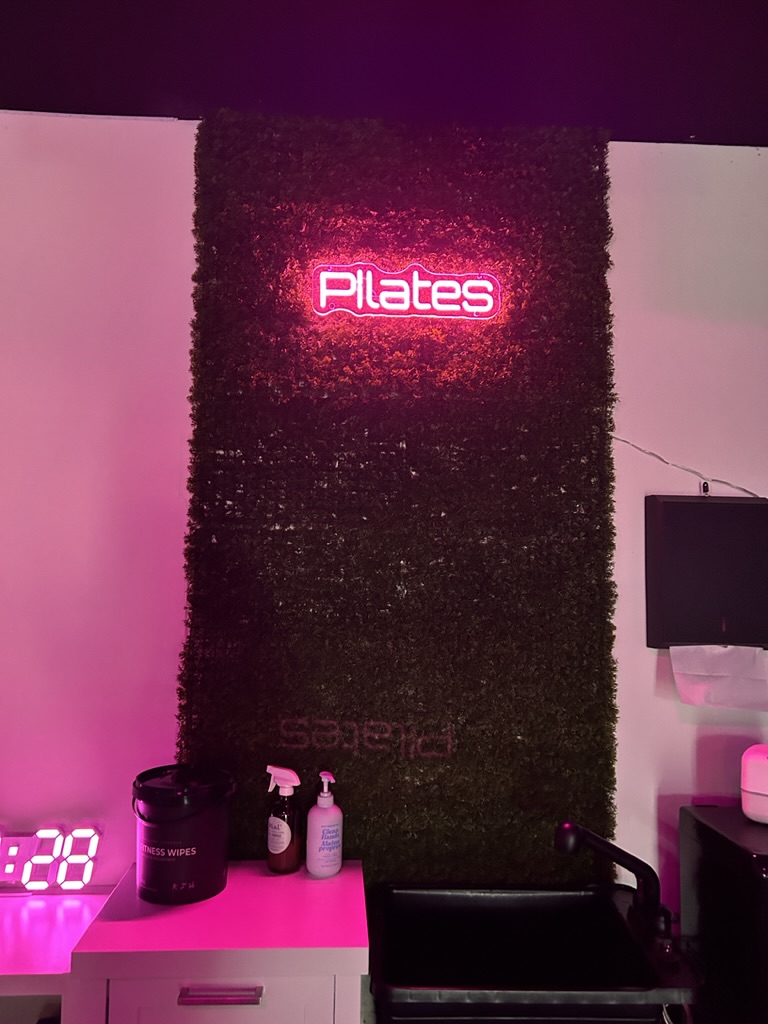It has come to the final week of classes in my second semester, which marks the last Tuesday class of our EDCI 336 A02 course. After completing 10 inquiry-based posts and 7 weekly in-class reflections throughout this semester, I have reached my final weekly in-class reflection, which marks the completion of the criteria for my personal website. For my final reflection this week, I chose to reflect on the prompt given in class…
“It is the year 2055. You are still teaching, of course. What is it like going to the classroom, how are you engaging learners, what are the big issues?”
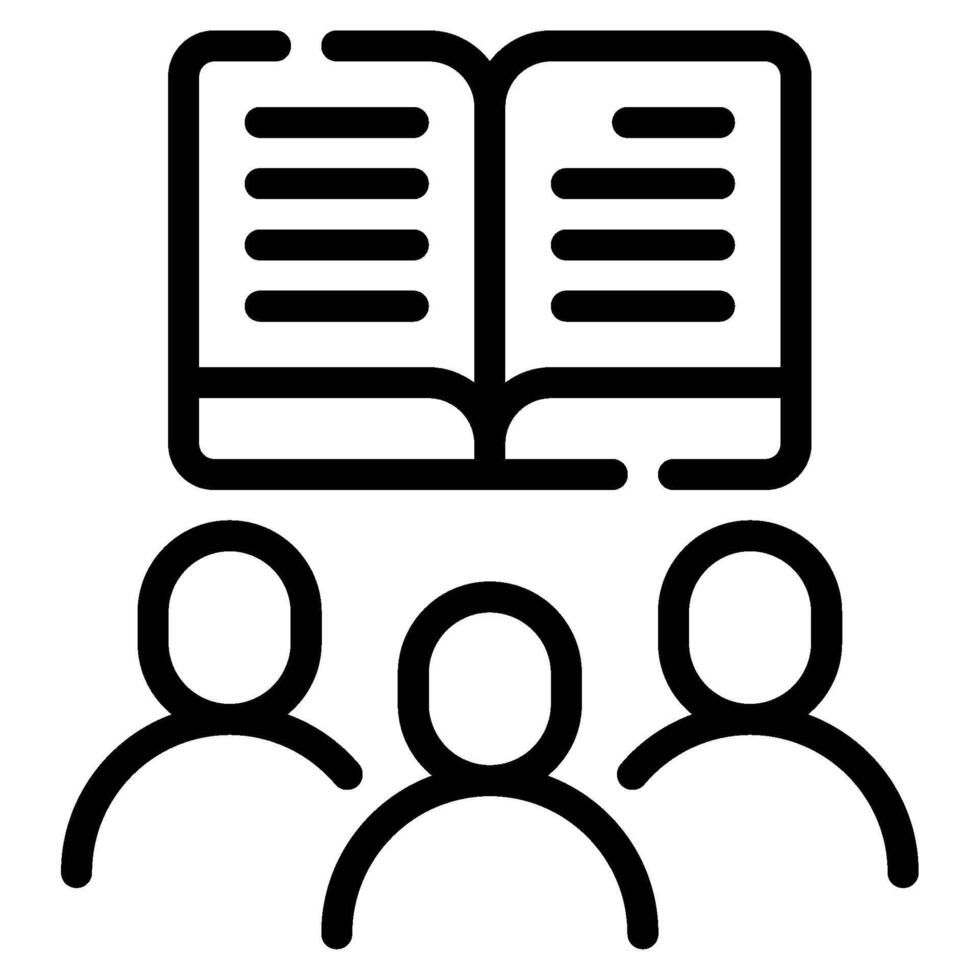
This prompt comes up in many different contexts. Asking an individual what they believe the future will look like is beyond our comprehension. We will never know exactly what a certain year will hold, but when it comes to education and teaching, it is a topic that we may be able to foresee. Looking at the recent focuses of development in education, we can assume that within the next 30 years, we will find ways to acquire positive construction of these integrations. In my experience of the education program so far, there have been many very important topics that our communities and society wish were more prevalent. Some of the present topics that we are prioritizing are personalized learning experiences, focus on critical thinking, community-based learning, immersive experiences, and collaboration/communication. All of these aspects of focus I believe, will become a reality within the next 30 years in the sense of education. Each of these important learning environments and contexts are very beneficial to students’ learning. Though these topics may already be focused on within the educational setting, that doesn’t mean that they are yet a foundation in learning. These are the aspects of education that I hope are highly integrated and focused on in the future, but there are many other developments that I believe will be very prevalent that I may not be as passionate about.
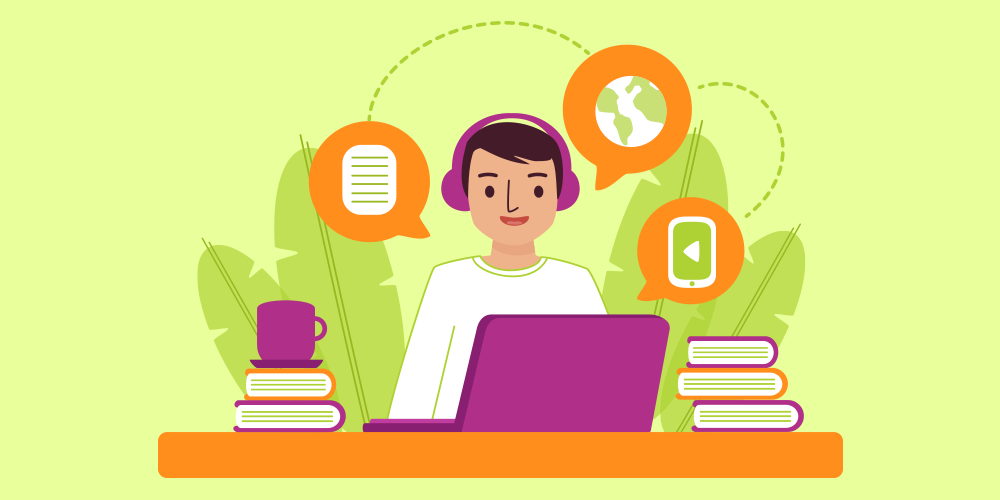
As we have seen within the past few years, the development of technology has skyrocketed. Due to this influx of technological resources and developments, we have seen it take over many individuals’ lives. While technology is used outside of school, we have seen it make its way into the school environment as well. Due to the amount of time we use technology in our daily lives, I believe that we should all keep in mind the amount we rely on it in the educational sense. To protect students from overconsumption, I don’t believe that it should be used as much in the classroom. Though I hope that technology does not get too out of control, we have seen resources such as AI become something that students and educators rely on. As AI is so new and already a resource that is highly overconsummed by many, I don’t know that I am able to comprehend the impact that it will have 30 years from now. Unless needed, such as for education, health, or language support, I don’t believe that it is necessary to integrate technology into students’ lives. Though I feel that technology can in some scenarios, be very beneficial, that doesn’t mean that we should let it determine our future and use it unnecessarily.
In conclusion, living through the year of 2055 will be the only evidence I have of what education and teaching will truly be like. Looking ahead and creating anxiety or false hope will not be beneficial to me as an educator in any way. Day by day, I will continue to focus on integrating necessary and positive teaching focuses, and time will tell what works and what does not for our students.





